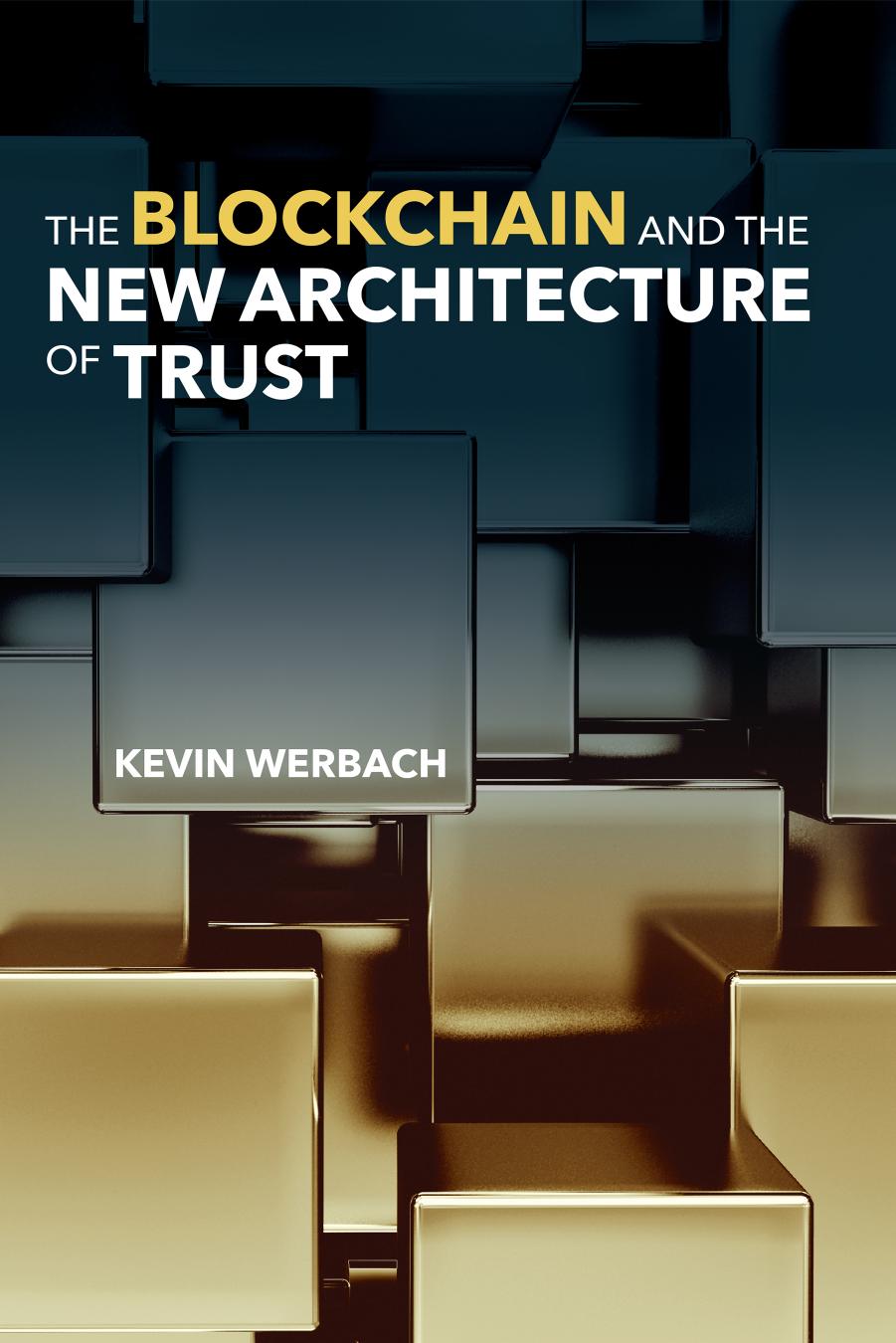The Blockchain and the New Architecture of Trust by Kevin Werbach

Author:Kevin Werbach
Language: eng
Format: epub, pdf
Tags: blockchain; internet; bitcoin; cryptocurrency; centralization; ledgers; contracts; decentralization; governance
Publisher: The MIT Press
Rules of the Road
The fact that blockchain networks and the activities on top of them can cause harm does not undermine the value of distributed ledgers. It just shows the naïveté of believing that Satoshi Nakamoto’s invention solved the problem of trust once and for all. Many things that provide significant benefits also produce substantial dangers. A car can kill its owner if the brakes fail through a defect, can kill others if the owner drives while drunk, and can be used as a weapon if driven into a crowd. But no one suggests that cars should be outlawed. Rather, rules such as driver’s licenses, automobile registration, traffic laws, insurance, and tort liability balance the desire for safety against the benefits of driver or manufacturer autonomy.
Taking the analogy further, autonomous (driverless) vehicles promise to solve problems such as drunk driving by replacing human drivers with machines. The machines, however, create new challenges. What if your autonomous vehicle has a bug, or someone hacks it to drive off a cliff? What if it strikes and kills a pedestrian?51
As with ordinary cars, the choice is not between outlawing self-driving-car technology and accepting unlimited harm. Various rules will be designed to strike the best risk/benefit trade-off. Who is responsible when an autonomous vehicle crashes and what approval procedures should be necessary to put one on the road are two examples of the questions that are now under discussion. Blockchain systems pose the same types of challenges and deserve the same type of scrutiny. They are likely to be extremely beneficial on balance. That should not lead us to ignore their potential downsides, however.
The next several chapters of this book examine how laws and regulations could address these harms, making blockchain-based systems both more trusted and more trustworthy. Chapter 7 considers the ways that government-defined legal rules, as well as private means of controlling behavior, can influence activity on blockchain networks. Chapter 8 shows how the blockchain’s software code relates to traditional forms of legal enforcement. Chapter 9 looks at how governments can, will, and should oversee those networks themselves.
Download
The Blockchain and the New Architecture of Trust by Kevin Werbach.pdf
This site does not store any files on its server. We only index and link to content provided by other sites. Please contact the content providers to delete copyright contents if any and email us, we'll remove relevant links or contents immediately.
Bad Blood by John Carreyrou(5794)
Principles: Life and Work by Ray Dalio(5345)
Rich Dad Poor Dad by Robert T. Kiyosaki(5177)
Management Strategies for the Cloud Revolution: How Cloud Computing Is Transforming Business and Why You Can't Afford to Be Left Behind by Charles Babcock(4143)
The Confidence Code by Katty Kay(3582)
Thinking in Bets by Annie Duke(3547)
Playing to Win_ How Strategy Really Works by A.G. Lafley & Roger L. Martin(3081)
American Kingpin by Nick Bilton(2992)
Delivering Happiness by Tony Hsieh(2932)
Project Animal Farm: An Accidental Journey into the Secret World of Farming and the Truth About Our Food by Sonia Faruqi(2671)
Brotopia by Emily Chang(2598)
I Live in the Future & Here's How It Works by Nick Bilton(2536)
Mastering Bitcoin: Programming the Open Blockchain by Andreas M. Antonopoulos(2525)
The Power of Habit by Charles Duhigg(2503)
The Content Trap by Bharat Anand(2502)
The Marketing Plan Handbook: Develop Big-Picture Marketing Plans for Pennies on the Dollar by Robert W. Bly(2423)
The Tyranny of Metrics by Jerry Z. Muller(2414)
Building a StoryBrand by Donald Miller(2374)
Applied Empathy by Michael Ventura(2337)
